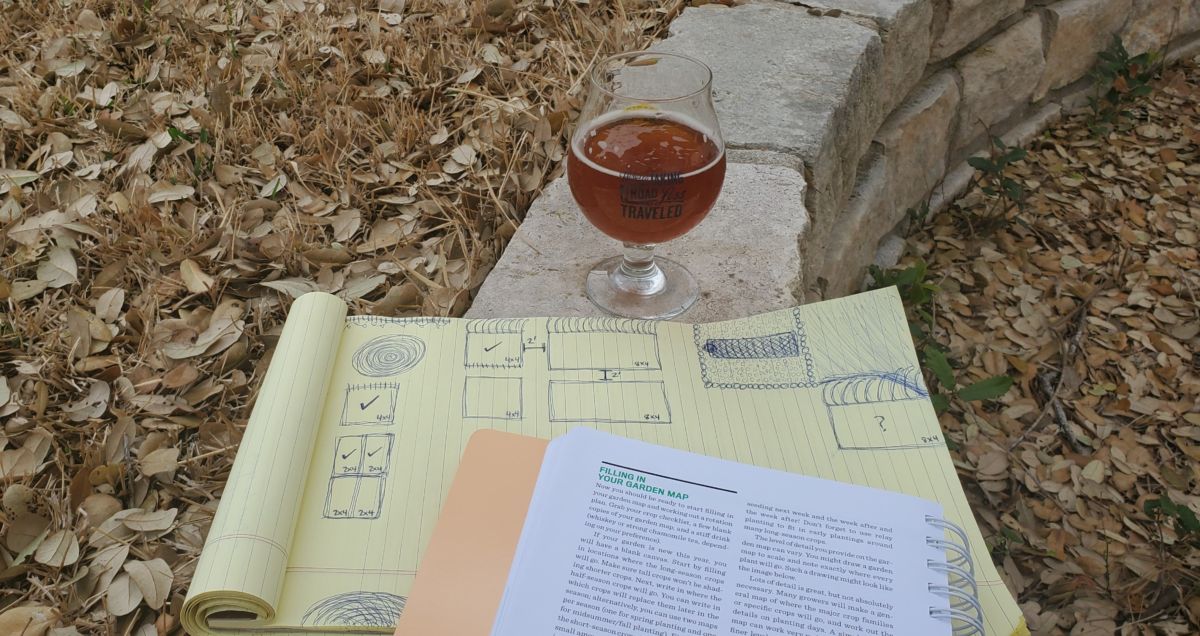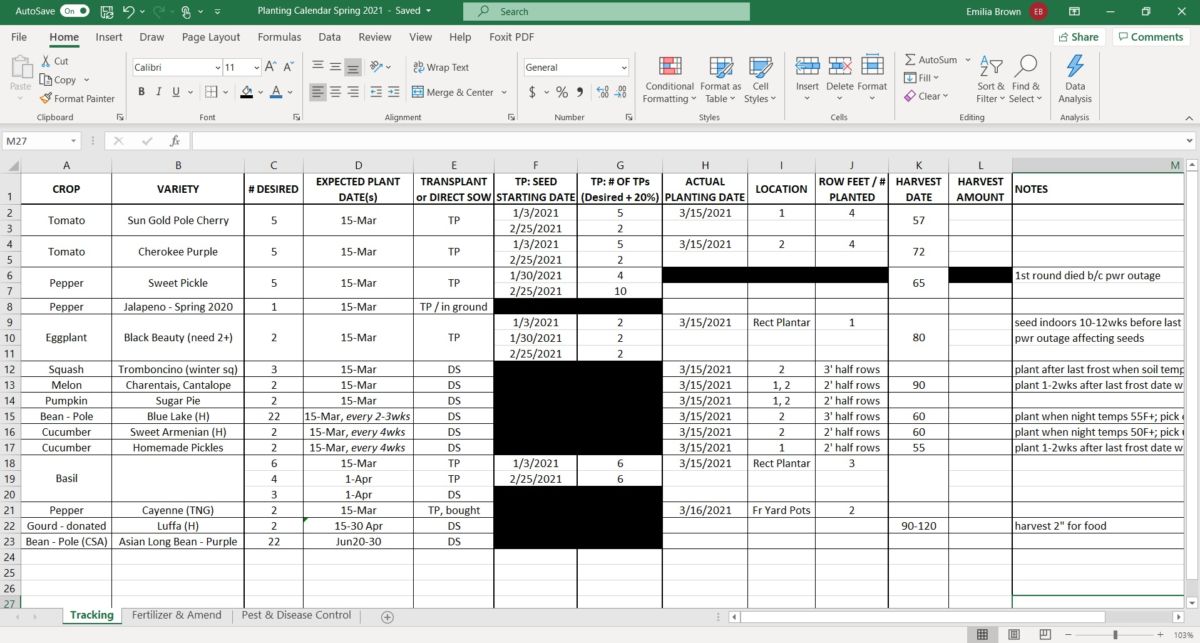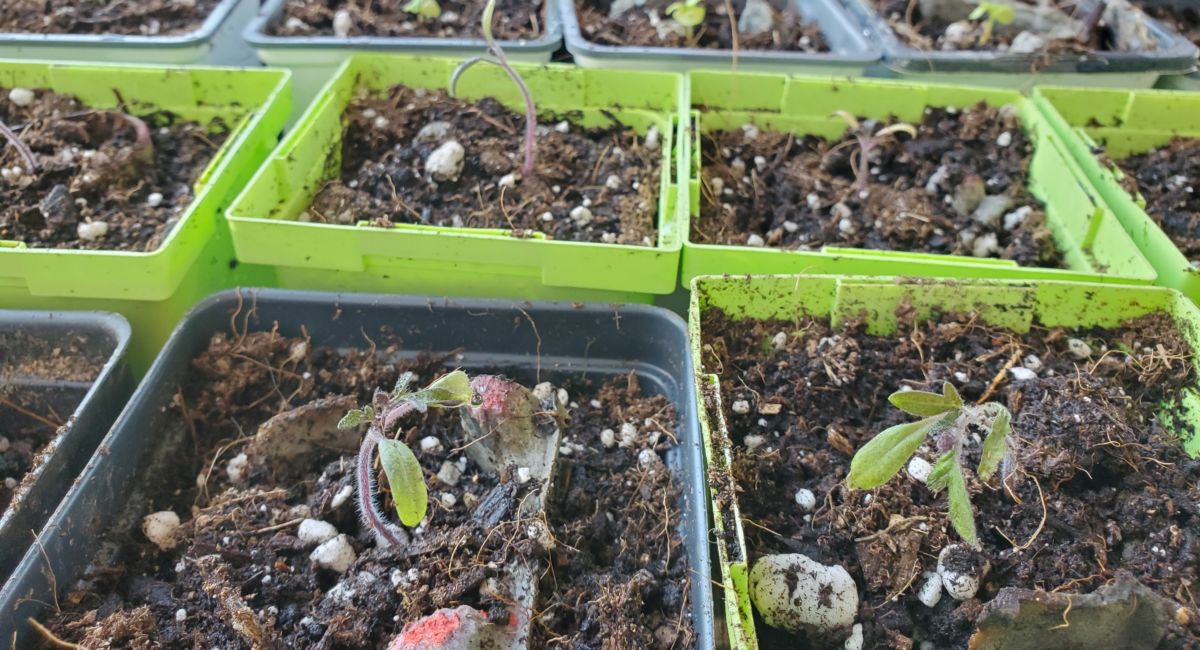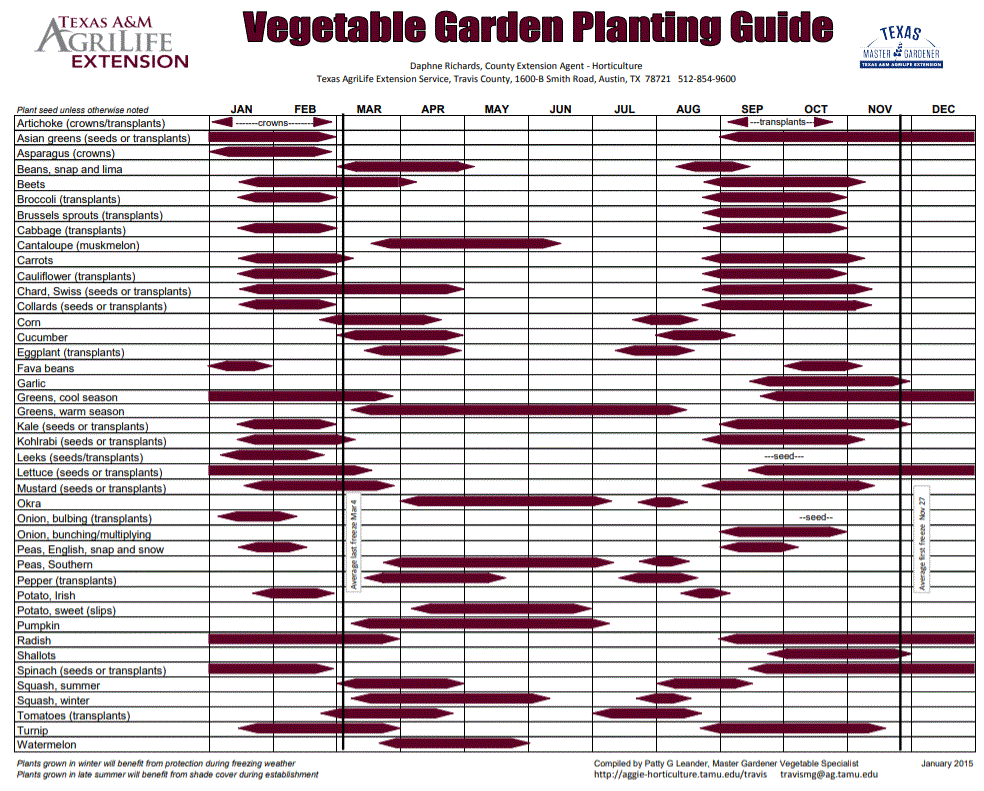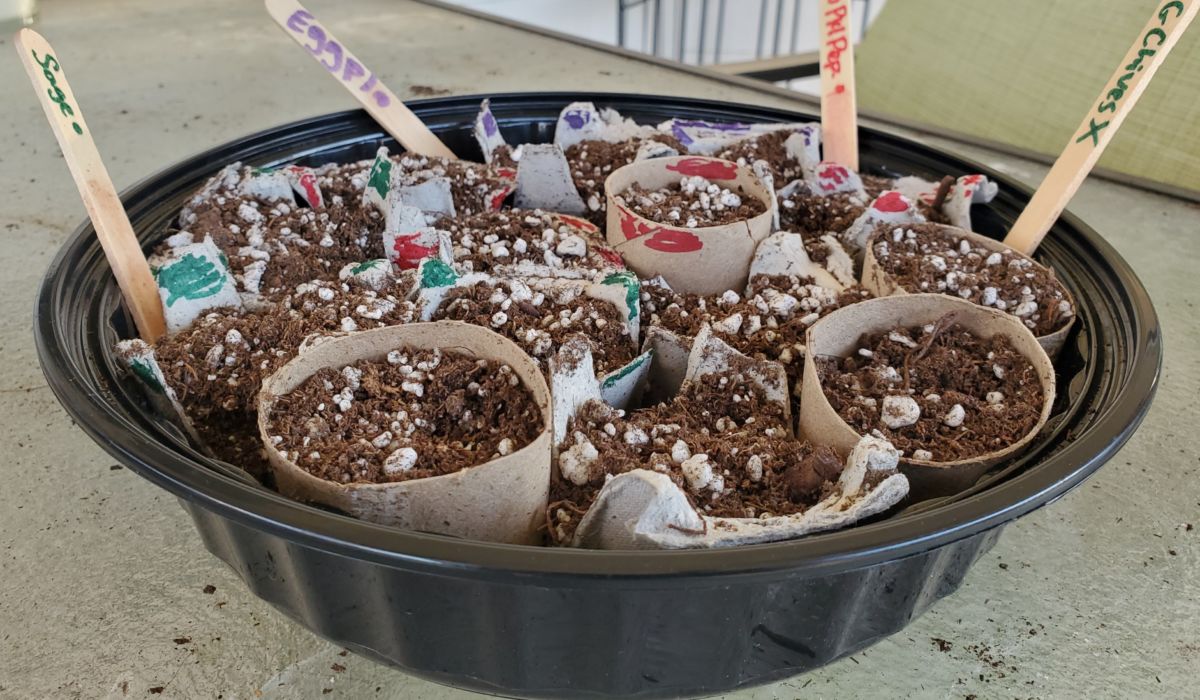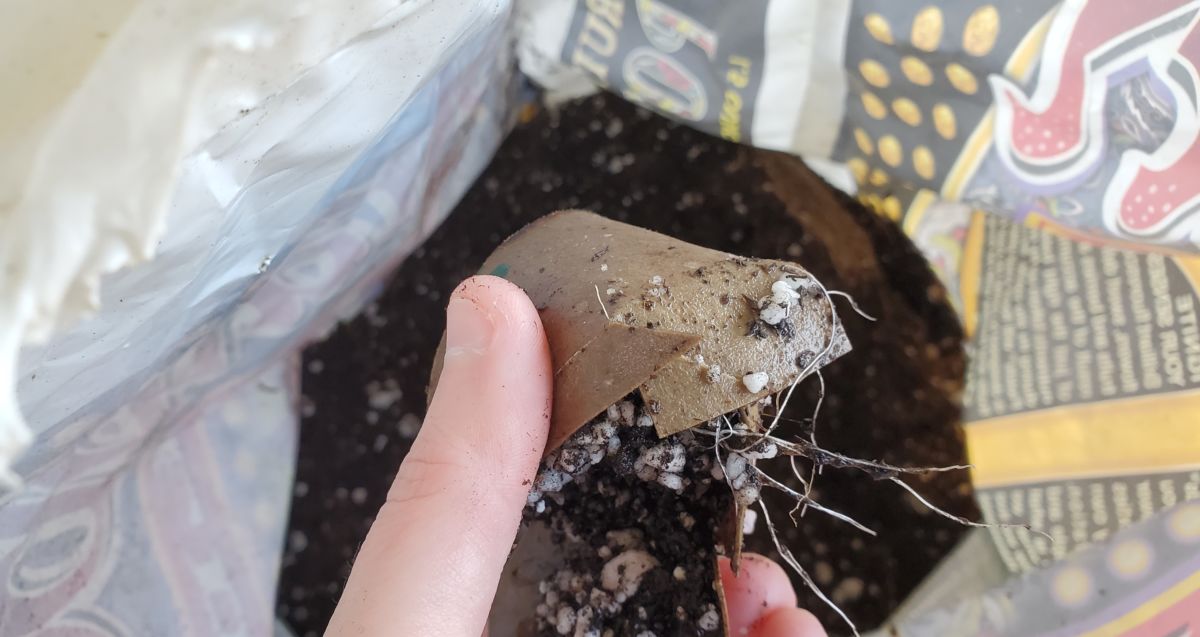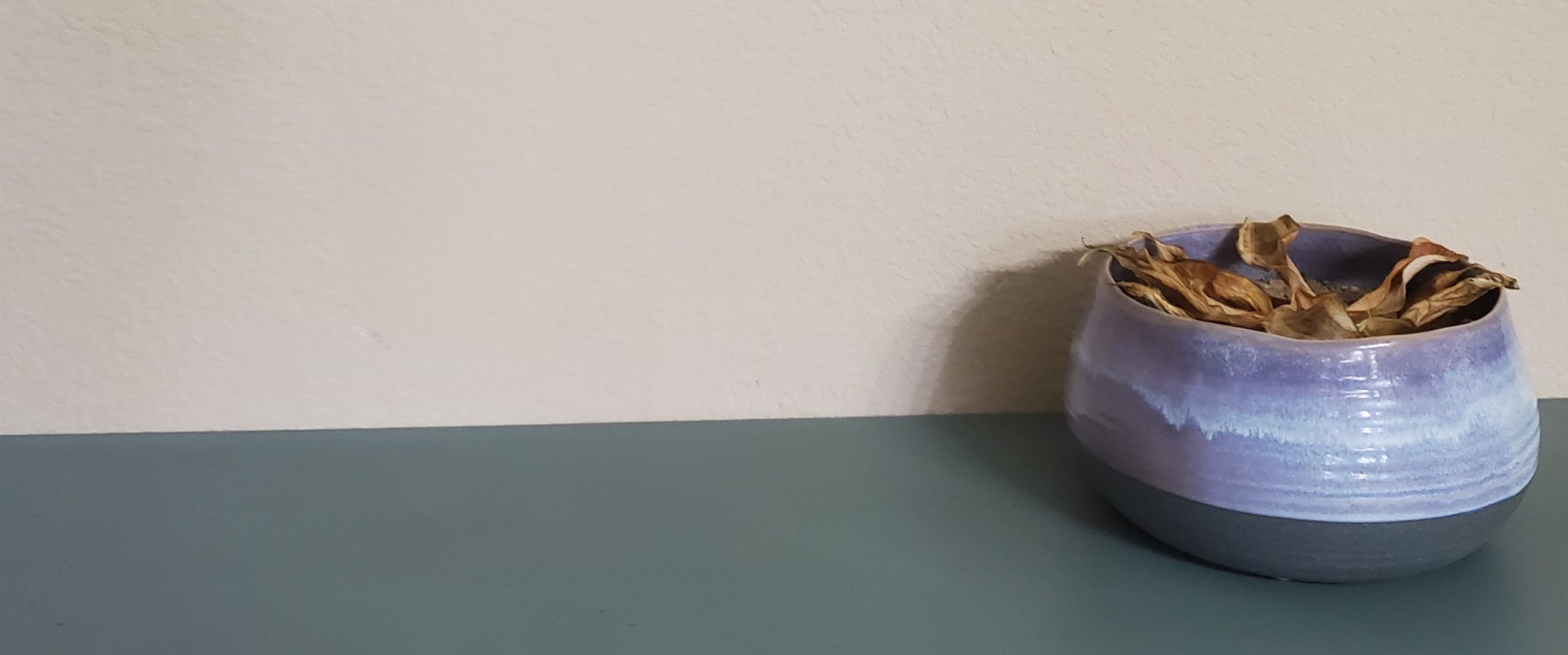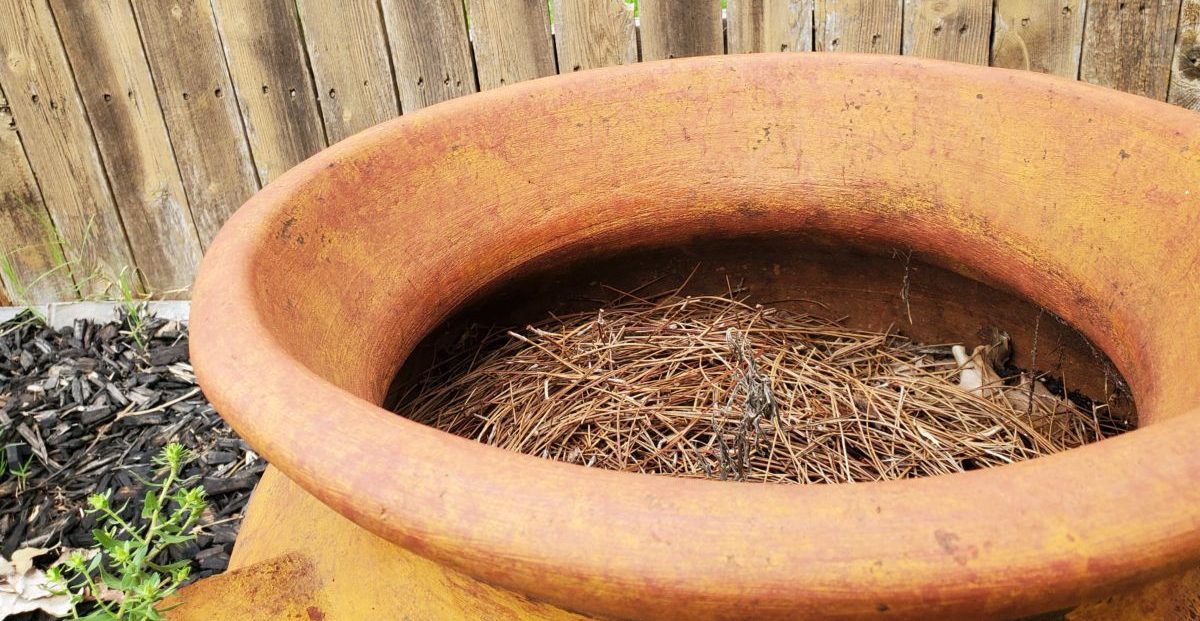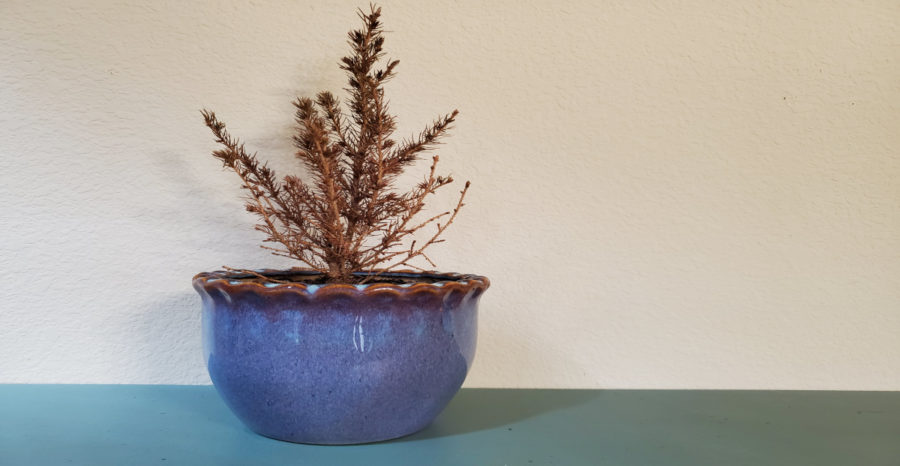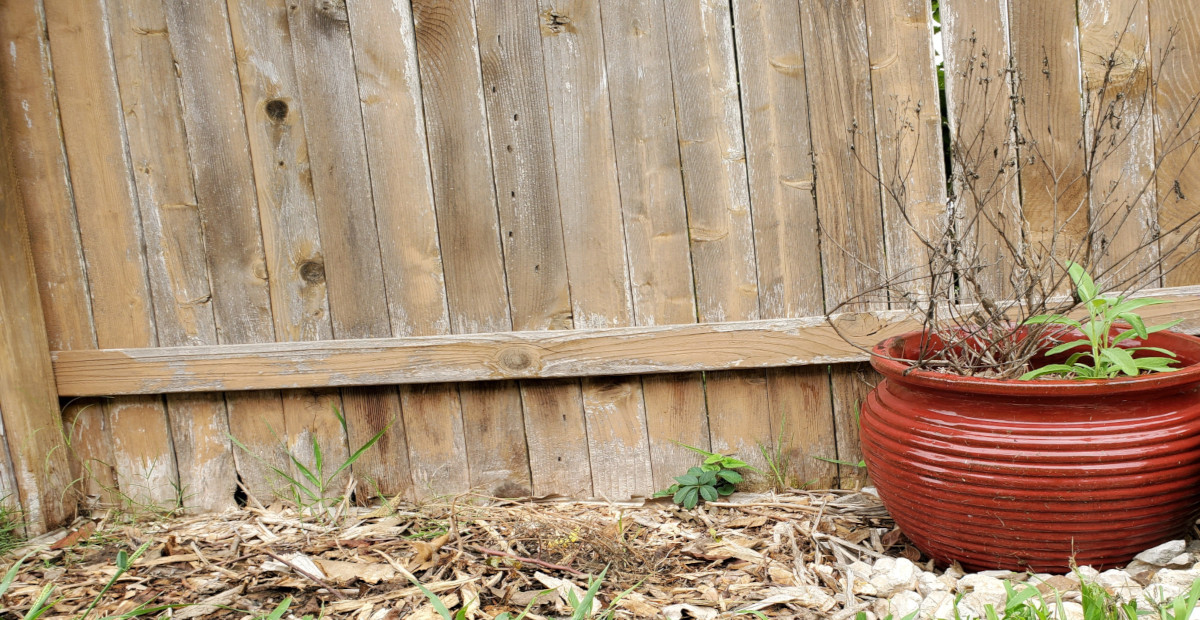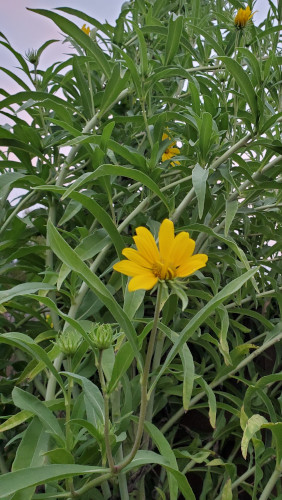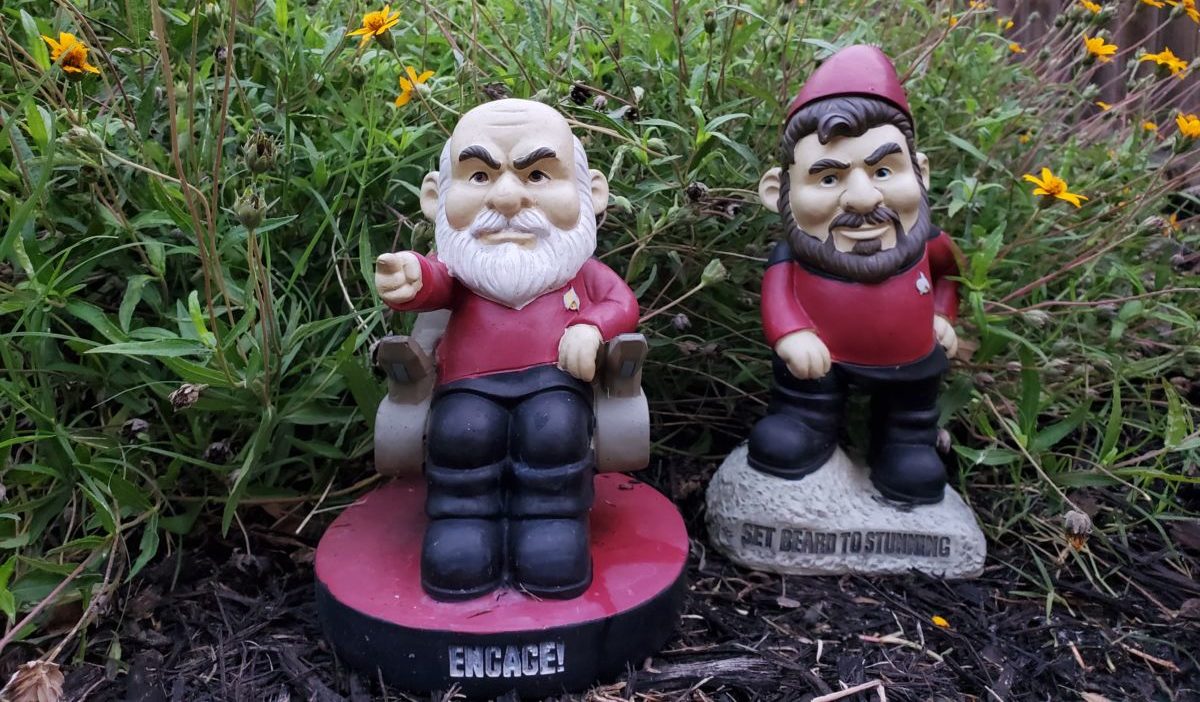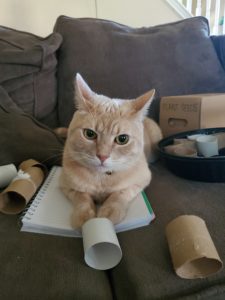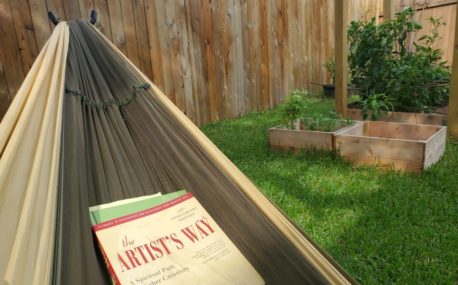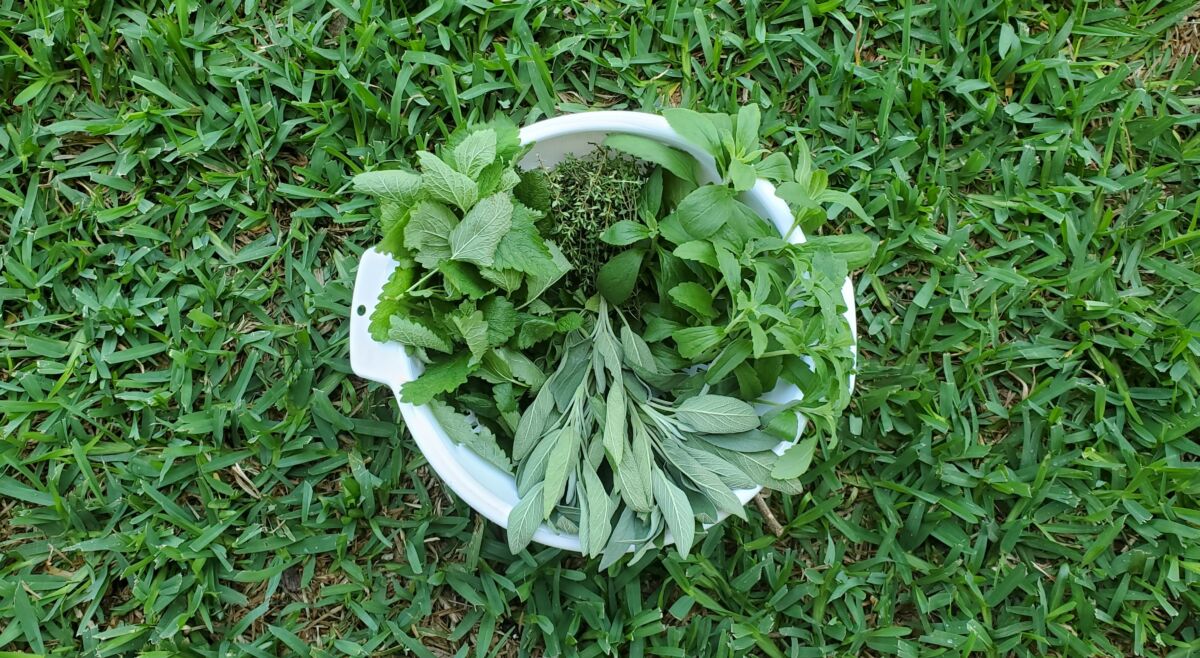
I have a new obsession in my life. Perhaps rather appropriately, that obsession is with the literal spice of life: homegrown herbs.
I absolutely love being able to walk into the garden with a pair of scissors and a colander and grab what I need for cooking, baking, or tea brewing. It makes me ridiculously happy. Aside from having the guarantee of fresh flavors, everything is immediately available without having to worry about going to the store or opening your fridge just to find out that what you needed has gone bad. And as a bonus? Many herbs are incredibly easy to grow.
Most herbs need lots of sun. Other than that, they can be ignored most of the time. Some are perennial while others reseed every year (and thus require a little more attention if you want to have enough for a year’s worth of use). A warning, though: do not be fooled by Pinterest / YouTube hacks! Don’t put herbs in a little tin by the windowsill or in some cute little plantar. It will be a waste of your time and energy, because you need your plants to grow large enough that you can harvest from them. I love me some Pinterest, but herbs are not a situation where you want aesthetics to trump functionality.
It seems like I’m adding to my list of herbs I grow every month, especially given my desire to have a substantial tea garden. I’m not listing everything out here, but I figured I would list some of the basics I started with, especially since they tend to be popular for a reason. Funnily enough, while writing this I kept remembering more herbs to add to this list, but I had to stop somewhere! Guess it goes to show that I’ll be doing some follow-up blogs on my love of herbs. At least one future blog will be sure to include ways of preserving annual herbs, like basil and cilantro, for yearlong use.

Rosemary
When we moved into our house, we were so thrilled by the giant rosemary plant in the front yard. Every time I stepped outside, I got to stop and smell the rosemary. It was a wonderful feeling. This year is sadly different. Most of my garden recuperated well from the Texas winter storm in March, but most of our rosemary plant died away. There is one, small sliver still hanging on – so fingers crossed that I’ll be using fresh rosemary again in the fall! Admittedly, I am still pretty timid in my exploration of rosemary. I need to really dive in deeper with adding rosemary to my cooking. My main use has been for baking bread. I would highly recommend garlic rosemary bread; it’s a fantastic combination.
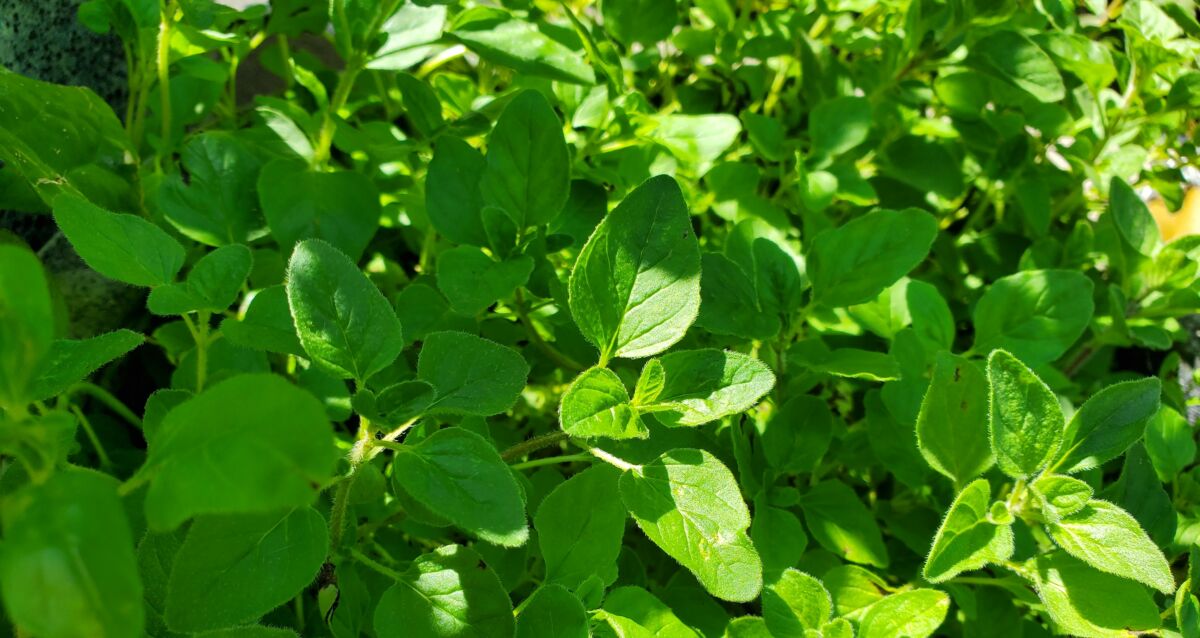
Basil, Oregano, & Thyme
Man, do I love this powerhouse combo. Pasta sauce is the most obvious route for this partnership of flavor. I also make a mean focaccia. I soak the herbs and garlic in olive oil for a few hours and then brush the mixture on the stretched out dough and mix the rest of the olive oil blend in with the toppings. Tasty. Just be aware that with fresh herbs, sometimes the timing of when you use them in the cooking process can vary, so it’s good to do some googling. For example, oregano and thyme have a strong punch of flavor that can hold up in a tomato sauce if you put it in early in the simmering process. Fresh basil is best to add near the end or its flavor can end up getting lost.
As an aside, basil (rosemary, too, actually) makes an easy yet delicious simple syrup. Equal parts basil, water, and sugar briefly boiled on the stove and steeped, and you have the makings of an impressive cocktail/mocktail.
Dill
For some reason this year my dill did not want to take. I’ll blame the weird winter weather. But last year my dill went great! Admittedly not one of my favorite flavors unless it’s subtly blended into a dish. However, there are two reasons I would definitely encourage growing dill. One is pickles. My husband makes awesome homemade pickles and fresh dill is a must. The second is butterflies. Black swallowtail caterpillars will be all over dill plants when it’s the right time of year. Many gardeners will grow extra dill, that way the plants can be shared with garden wildlife – after all, who doesn’t love butterflies!
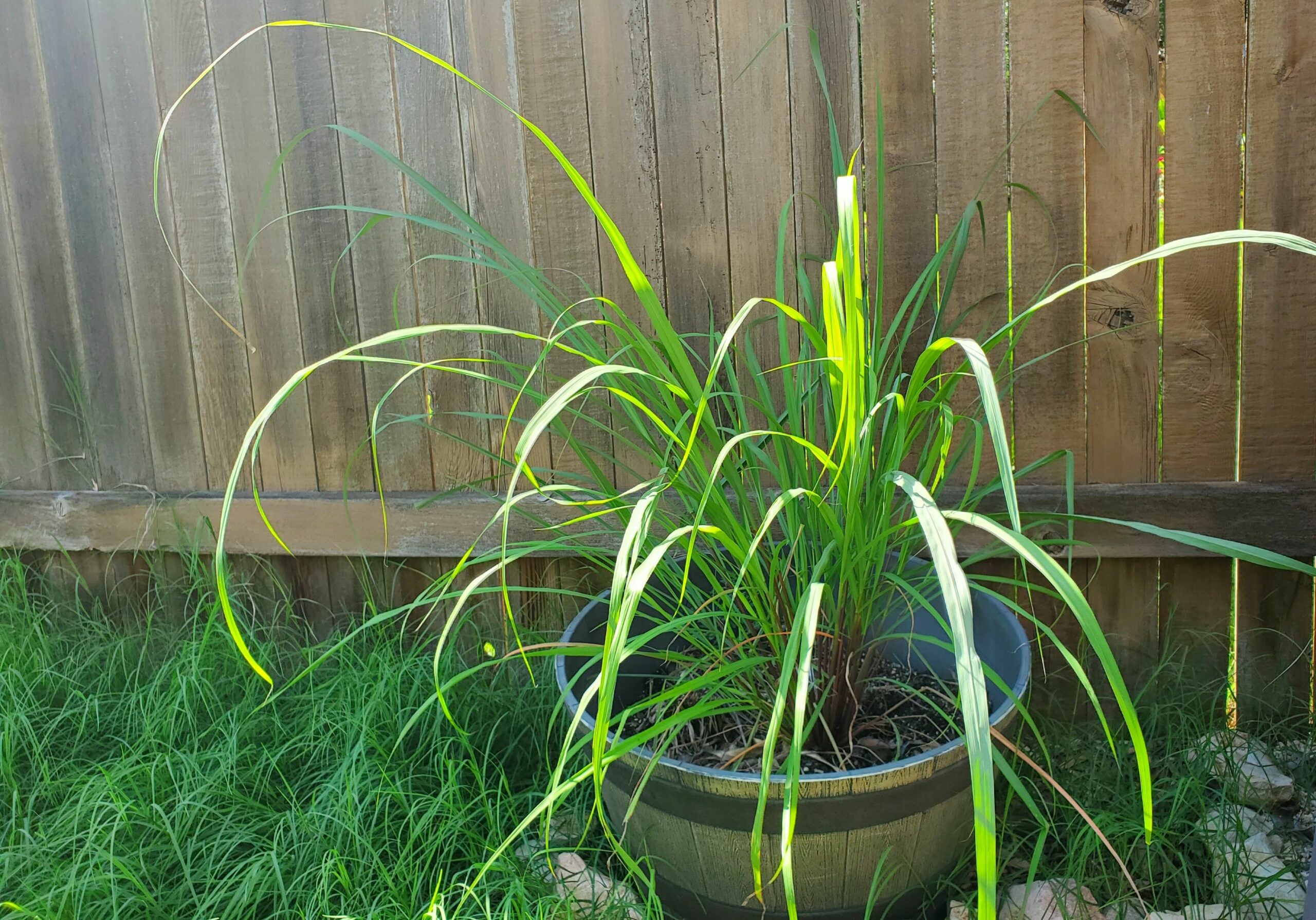
Lemongrass
There are many reasons to grow lemongrass, and it grows fast and easy in the warm weather. Just be mindful of the sharp edges! Last year was my first venture into lemongrass, so I focused specifically on using the leaves in teas, because I always love a good lemongrass tea blend. Now that I have a decent handle on growing and preserving it, I hope to have enough to try some stalks in cooking curries. From what I’ve read, sometimes that can be the subtle touch of flavor that really elevates some Asian dishes. I also plan on trialing some DIY mosquito repellant spray that includes lemongrass, so stay tuned for that!
Cilantro
If you have the genes that make you think cilantro tastes like soapy gym socks, I feel very sorry for you. I LOVE cilantro and my guacamole and salsa recipes show it. But any Central Texas gardener will tell you that life’s cruel joke is the timing of the cilantro season. It is actually a cool weather plant here. In other words, it grows best before all the guacamole and salsa yumminess of avocados, peppers, and tomatoes.
Weird, right? You just assume it all grows together. But alas, it’s all a lie. (Unless you grow cilantro in a more shaded area and plant the seeds every few weeks for a steady harvest. I thought I was so clever doing that this year in the front yard. Turns out the deer in our neighborhood are cleverer, and they had a tasty treat. Sigh.)
